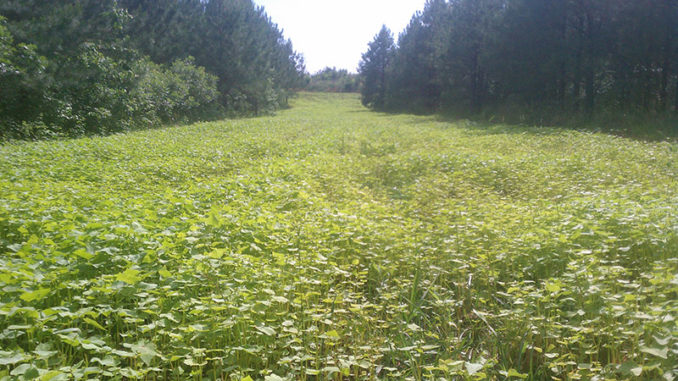
The spring season is well underway. For many hunters, it can be a perfect time to establish a solid stand of buckwheat absolutely guaranteed to grow more “bucks” on the land.
Say what? If I plant buckwheat, I can get more bucks? Not really, but that sure would be a best seller if it did. But buckwheat IS guaranteed to provide a highly nutritious food source for deer and wild turkey during the summertime. And buckwheat can be beneficial for building up soil organics and suppressing weeds.
Few wildlife managers in the southeast plant buckwheat, but it should be a staple crop established on a lot of the baren food plot ground in the spring and summer months. It’s kind of a miracle crop that can magically produce so many benefits to wildlife properties in more ways than one. And it takes little work to establish.
For deer and other wildlife, the green foliage of buckwheat is where it’s at. Buckwheat contains more than 20 percent crude protein. Deer and other wildlife just adore it.
Easy to plant
Buckwheat can be grown on well drained sandy and acidic sites with little preparation needed. Of course, a well-prepared seedbed will be beneficial for germination. It is just not necessary like a lot of other types of crops planted for wildlife. Buckwheat can be planted with minor chemical or physical soil manipulation that is generally a potential roadblock for many land managers.
Buckwheat is a beast competitor. Other weeds quickly fall short when competing for the same space and sunlight. One of the main issues with spring and summer plots is the proliferation of weeds and heavy competition. But buckwheat establishes fast and will quickly smother out the other non-target plants. It is an aggressive plant that can gain 100 percent coverage quickly.
In addition to providing an excellent spring and summertime food source for wildlife, buckwheat is a superhero for building up deficient soils by adding phosphorus, nitrogen, and organic content. Buckwheat contains nitrogen-fixating bacteria, and the foliage will decompose rapidly to build up the organic content of soils. And the phosphorus will be readily available for the next crop.
This is a great plant to establish on new ground or newly-cleared food plots. Buckwheat plantings build up the soil’s organic matter content and begin to make the soils more conducive for future plantings that would potentially require a more fertile environment.
Do it now
A very common place to establish a food plot is on a logging deck. And for most experienced hobby farmers, the logging decks are nutrient deficient and contain acidic conditions. But buckwheat can grow sufficiently well on these poor sites and can provide a mechanism to build up the soils for future plantings.
Establishment is easy! A quick burndown of glyphosate to kill off existing weeds and grasses is always beneficial prior to planting anything. A new planting of buckwheat isn’t any different. Afterwards, the soil can be lightly disked and then the seeds can be broadcasted at a rate of 50-60 pounds per acre. Then, it should be raked or worked into the soil with a chain harrow.
Seeds shouldn’t be buried any more than 2 inches below the soil surface. Establishing and growing buckwheat doesn’t require much nitrogen to establish. In fact, nitrogen-heavy soil amendments to buckwheat sites often stunts its growth and should be avoided. Yet, amendments rich in phosphorus and potash are beneficial and should always be included at the time of planting or just right before. For a new planting, 200 pounds of 5-10-15 fertilizer should be added to provide the adequate nutrient base for rapid growth.
Even though buckwheat is great for building up soils, it is also a fantastic plant all by itself. Deer and turkeys will feast on this summertime fare as soon as it erupts from the ground surface. Snag a few bags of seed and get that stand established this month before the summertime heat gets too oppressive.
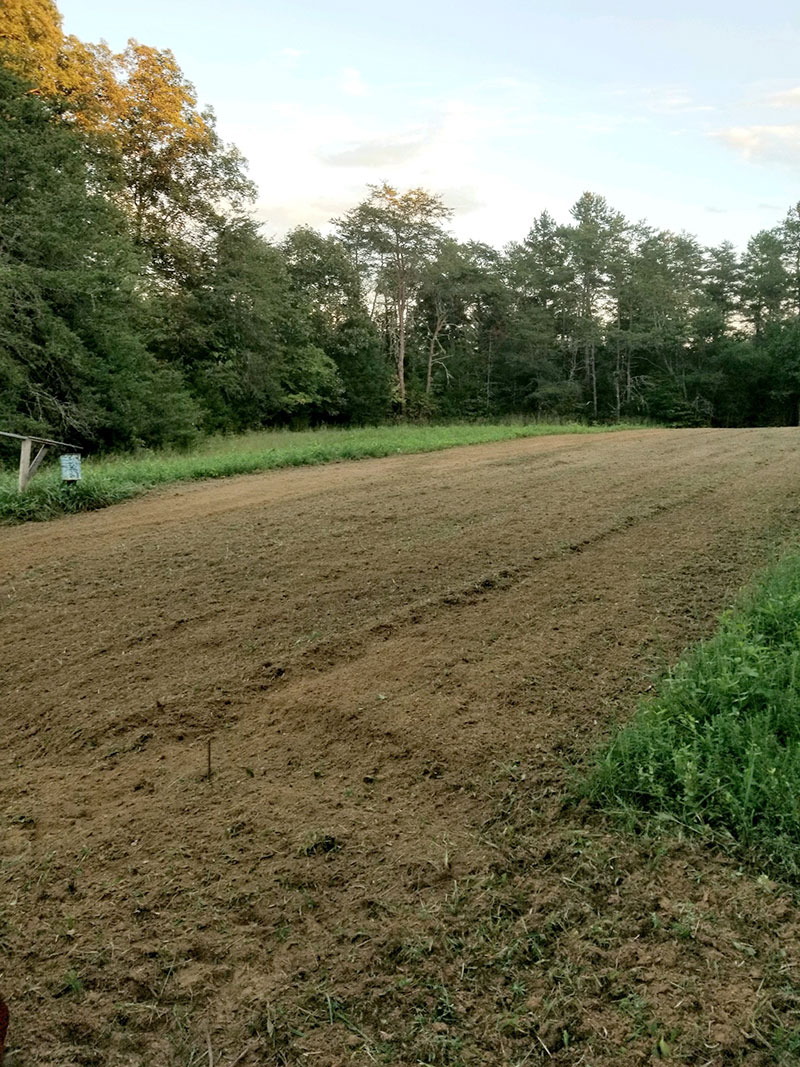
Food plot establishment:
A food plot of buckwheat is easier to establish than most other food grains, growing fast and smothering out less desired plants.

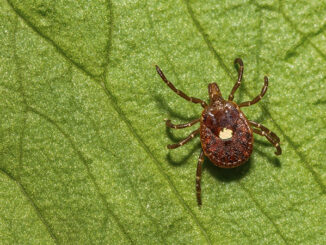
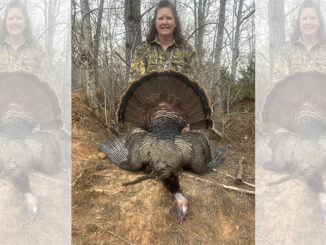
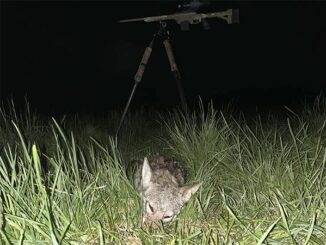

Be the first to comment